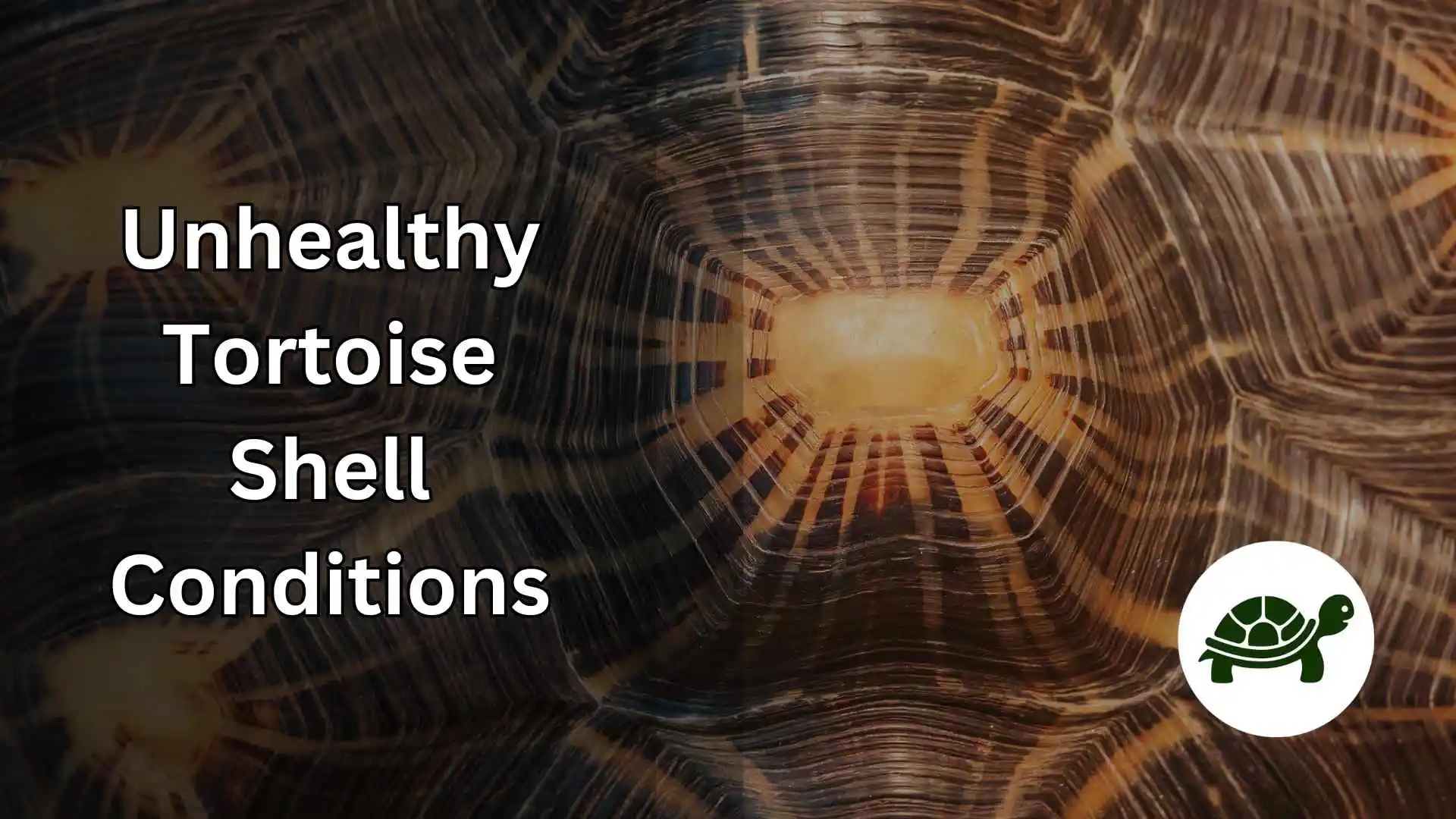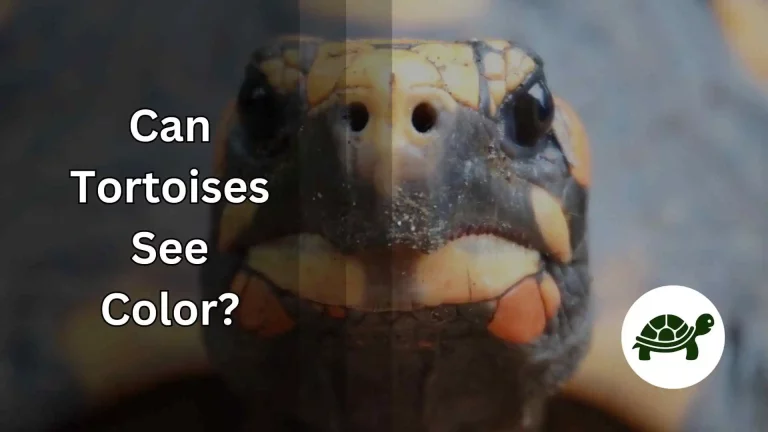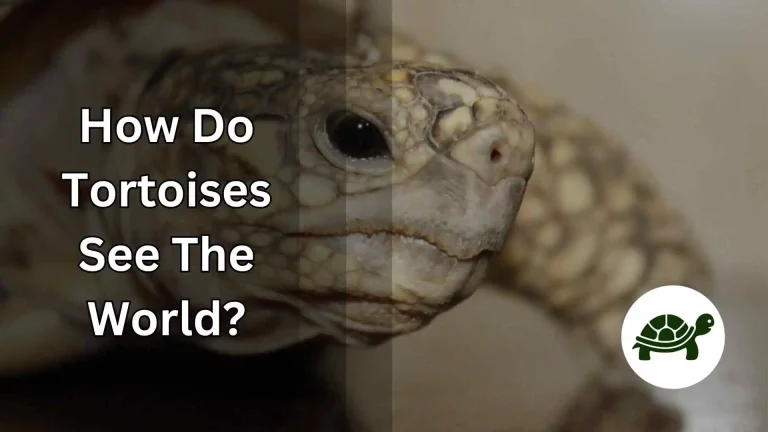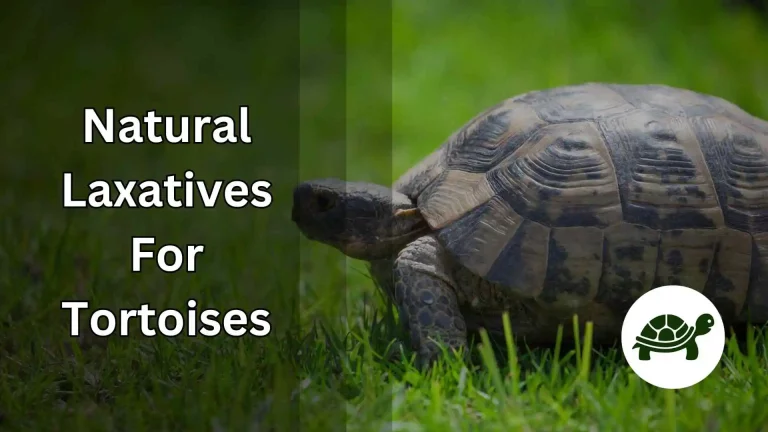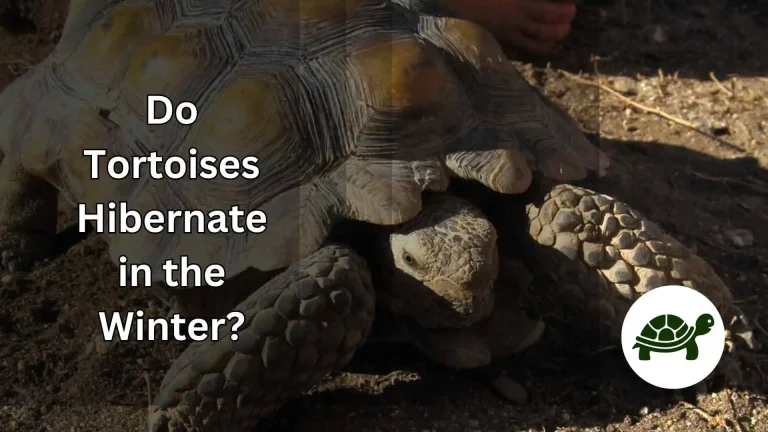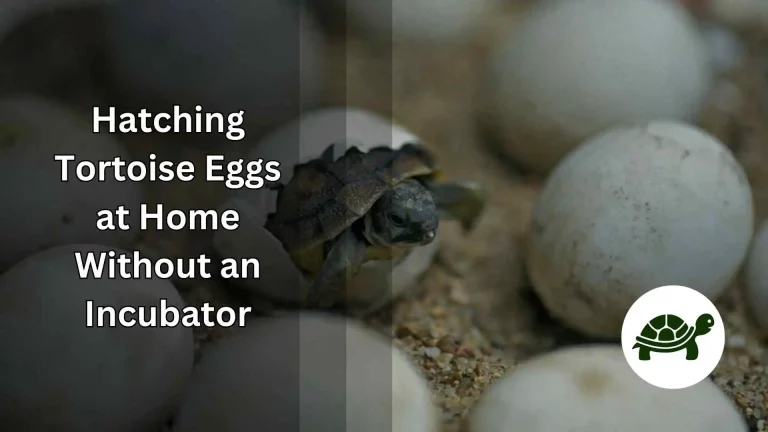Unhealthy Tortoise Shell Conditions – An Ultimate Guide
A tortoise’s shell is more than just a protective shield; it’s a vibrant display of its health and well-being. A gleaming, well-formed shell not only offers a safe haven for these gentle creatures but mirrors their overall vitality. Tortoise enthusiasts and pet owners alike will attest to the joy that comes from observing a healthy tortoise as it navigates through its habitat. However, when that precious shell shows signs of deterioration, it often triggers a wave of concern. Understanding the common ailments that afflict tortoise shells is the stepping stone to ensuring a long, hearty life for our shelled companions.
Unhealthy tortoise shell conditions can manifest in numerous ways, from discoloration and pyramiding to softening or even severe cracking. Each of these issues, if left unaddressed, could escalate into life-threatening situations. This guide aims to unravel the mysteries surrounding unhealthy tortoise shell conditions, offering a beacon of knowledge for concerned tortoise guardians. With the correct information at your fingertips, identifying and addressing shell health issues becomes a less daunting task, and transitions from reactive to proactive care become feasible.
As we delve into the anatomy of tortoise shells, common signs of unhealthy conditions, preventive measures, and treatment options, this comprehensive guide seeks to equip tortoise aficionados with the knowledge necessary to foster a thriving environment for their cherished pets. Nurturing a healthy shell is synonymous with promoting a vibrant life for your tortoise. Let’s embark on this enlightening journey together, fostering a world where every tortoise boasts a shell that’s robust and healthy, ensuring their graceful journey through life remains unhindered.
Understanding Tortoise Shell Anatomy
A tortoise’s shell is a marvel of nature, a unique protective armor that is intricately entwined with its skeletal system. Unlike other creatures, a tortoise’s shell is both a sanctuary and an integral part of its anatomy, showcasing a perfect blend of function and form. The shell comprises two main sections: the carapace on the top and the plastron underneath. These parts are connected by a bony bridge, ensuring a sturdy structure that envelopes the tortoise. Understanding the anatomy of a tortoise shell is crucial as it’s the initial step in deciphering the health implications linked to various shell conditions.
The carapace is a dome-shaped shield that serves as the primary defense against predators and environmental adversities. It is made up of individual scutes, which are plates of keratin, the same material found in human hair and nails. These scutes overlay bony plates that are fused with the tortoise’s vertebrae and ribs, symbolizing a harmonious blend of strength and flexibility.
The pattern and arrangement of scutes are often unique to each tortoise, much like a fingerprint. On the other hand, the plastron provides a sturdy base, safeguarding the tortoise’s soft underbelly, and its integrity is fundamental to the tortoise’s overall health and mobility.
Observing and understanding the natural state of a tortoise’s shell can provide insightful cues into its health. A healthy shell should be well-formed, firm, and free of any deformities or discolorations. Unhealthy tortoise shell conditions such as pyramiding, shell rot, or softening are often indicative of underlying health issues or inadequate care.
Through a deeper comprehension of tortoise shell anatomy, enthusiasts and caregivers are better equipped to identify early signs of shell distress and seek appropriate intervention. Armed with knowledge, we can ensure that our tortoises not only survive but thrive in their environments, mirroring the essence of robust health through the gleam of their shells.
Common Signs of Unhealthy Tortoise Shells
A vigilant eye can often catch the early whispers of shell distress, allowing for timely interventions that could significantly improve a tortoise’s quality of life. The shell, being a mirror to a tortoise’s health, can exhibit several signs that something might be amiss. Here are some common indicators of unhealthy tortoise shell conditions that every tortoise guardian should be aware of:
Discoloration
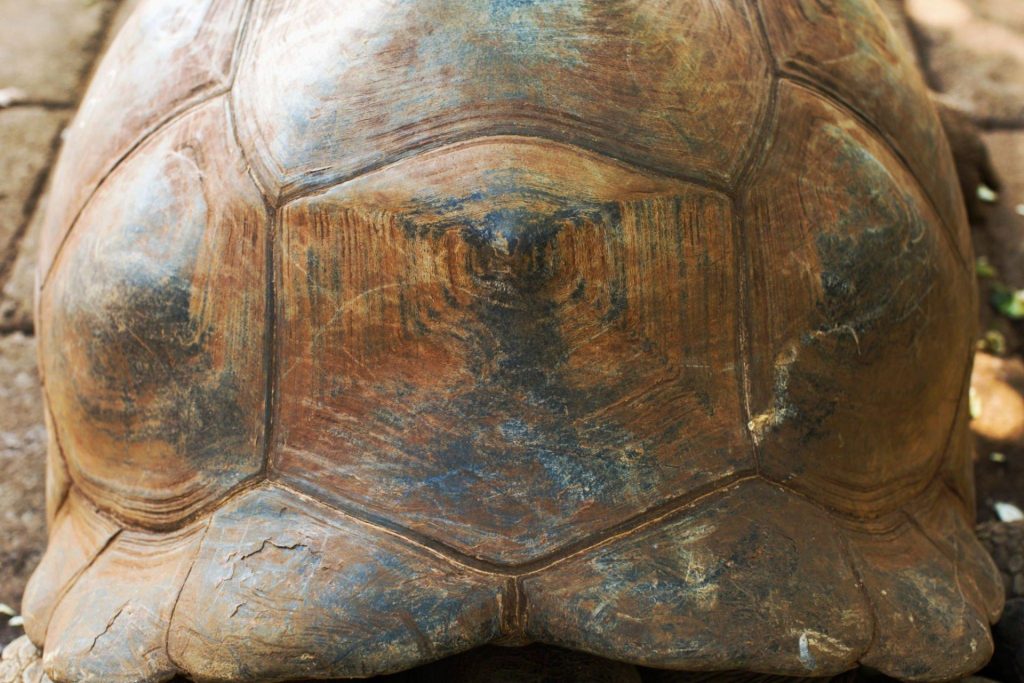
A healthy shell has a natural gleam, indicative of a well-nourished tortoise. However, discolored spots or a dull appearance can be early warnings of potential health issues. It’s essential to be familiar with your tortoise’s typical shell coloration and take note of any changes.
Pyramiding
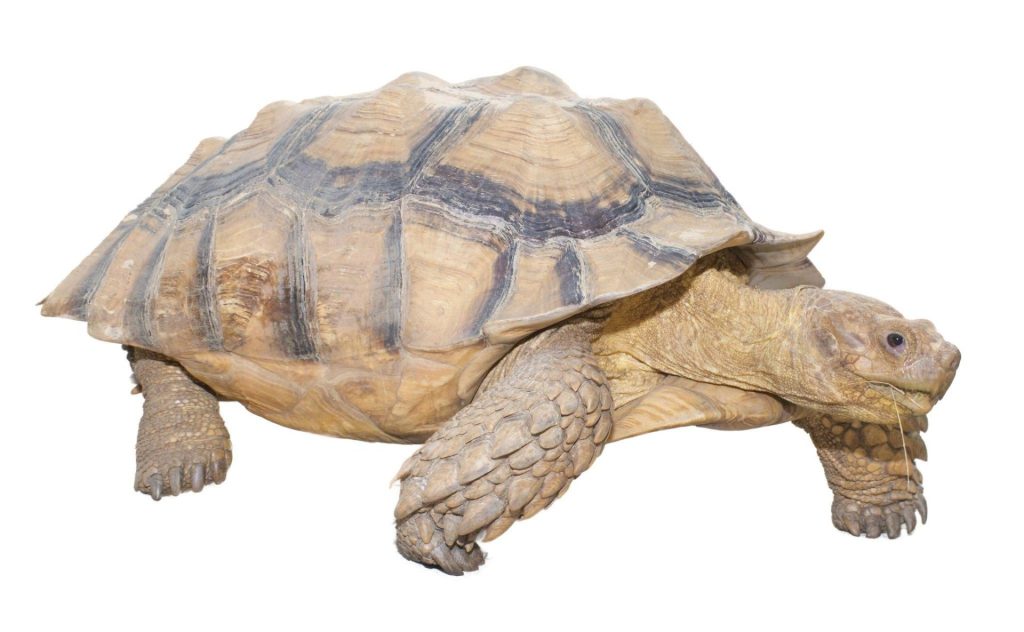
This is a condition where the scutes on a tortoise’s carapace begin to rise and form pyramid-like structures. Pyramiding is often linked to inadequate nutrition or improper humidity levels, leading to abnormal shell growth.
Shell Softening
A firm shell is a healthy shell. If you notice areas that are soft to touch or appear to be sunken, it might be indicative of metabolic bone disease, often triggered by calcium deficiency or insufficient UVB exposure.
Cracks or Breaks
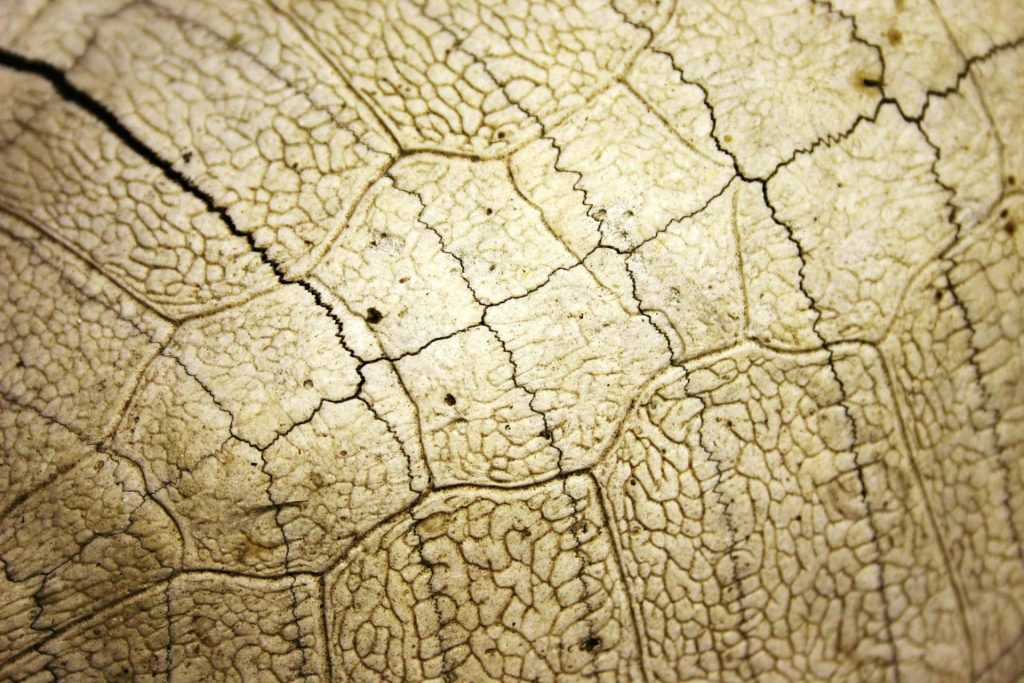
Minor cracks can happen from normal activities; however, severe cracks or breaks are concerning and require immediate attention. They can be a result of physical trauma or underlying weaknesses in the shell structure.
Fungal or Bacterial Infections
If unchecked, damp and dirty habitats can become breeding grounds for infections. Discoloration, foul odor, or a slimy texture are signs of potential fungal or bacterial infection, necessitating prompt medical intervention.
Understanding these signs and their implications is crucial for ensuring the well-being of your tortoise. Early recognition and intervention can prevent minor shell issues from escalating into severe health problems. Moreover, creating a checklist of common signs of unhealthy tortoise shells can be a practical tool in maintaining regular shell health check-ups, thus fostering a safe and nourishing environment for your tortoise to thrive in.
Causes of Unhealthy Tortoise Shells
The journey to ensuring a robust, healthy shell begins with understanding the common culprits that may compromise shell health. When armed with the right knowledge, tortoise guardians can create a nurturing habitat that minimizes risks and promotes well-being. Here’s an exploration into the common causes of unhealthy tortoise shell conditions:
Inadequate Nutrition:
A balanced diet rich in essential vitamins and minerals is the cornerstone of shell health. Lack of calcium and Vitamin D3, in particular, can lead to softening of the shell and other serious health conditions.
Insufficient UVB Lighting:
UVB lighting is crucial for tortoises as it aids in the synthesis of Vitamin D3, which in turn helps in calcium absorption. Insufficient UVB light can hinder this process, resulting in an unhealthy shell.
Poor Habitat Conditions:
The environment in which a tortoise lives significantly impacts its shell health. Inadequate humidity, improper substrate, or lack of access to basking spots can all contribute to unhealthy tortoise shell conditions.
Lack of Proper Hygiene and Cleaning:
Cleanliness is pivotal in preventing fungal and bacterial infections that can severely affect the shell. Regular cleaning and maintenance of the habitat keep infections at bay and promote a healthy shell.
Injury or Trauma:
Physical injuries due to falls or other accidents can lead to cracks or breaks in the shell. If untreated, these can become entry points for infections and further complications.
Being proactive in addressing these common causes can significantly enhance the quality of life for your tortoise. Adhering to a regimen that encapsulates a nutritious diet, adequate UVB lighting, a clean, well-maintained habitat, and regular check-ups can ward off many shell ailments before they take root. Informed tortoise guardians are the first line of defense against unhealthy tortoise shell conditions, nurturing a sanctuary of health and happiness for these gentle creatures.
How to Prevent Shell Problems
Prevention is often the best medicine, and in the realm of tortoise shell care, this adage holds true. By adopting a proactive stance, tortoise owners can mitigate a host of shell problems even before they surface. Here are some pivotal measures to ensure the robust health of your tortoise shell:
Providing a Balanced Diet:
A diet rich in calcium and Vitamin D3 is instrumental in maintaining a strong, healthy shell. Include a variety of leafy greens such as kale, collard greens, and dandelion leaves which are high in calcium. Additionally, feeding your tortoise cuttlebone can provide a calcium boost. For Vitamin D3, exposing your tortoise to natural sunlight or providing UVB lighting in their habitat can aid in the synthesis of this essential vitamin. While supplementing, a well-versed reptile vet can advise on suitable vitamin and mineral supplements to ensure a balanced diet.
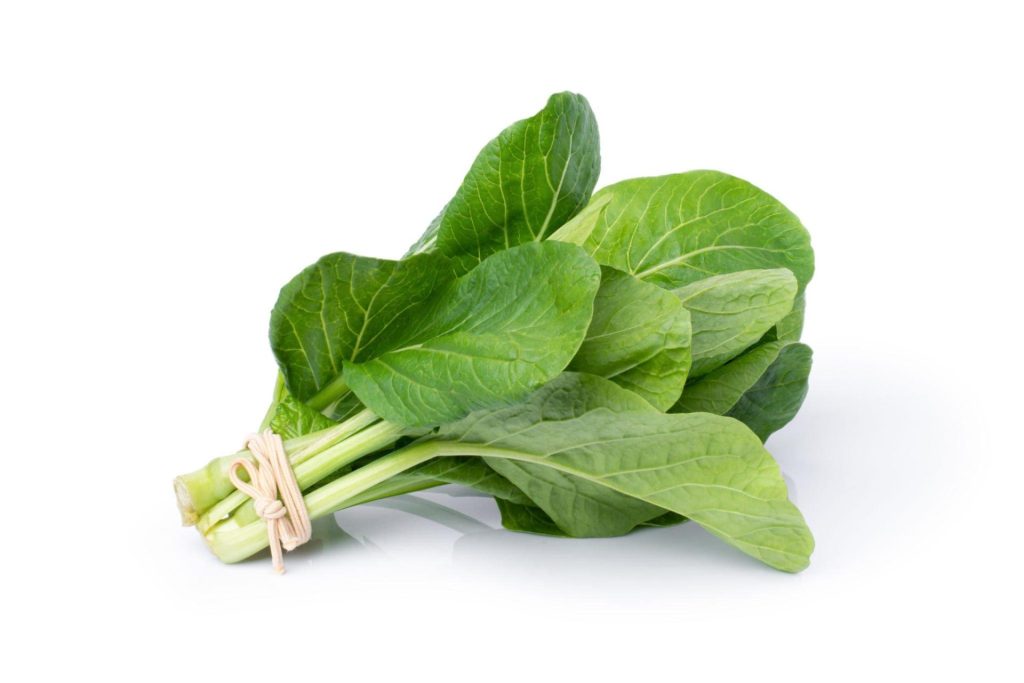
Ensuring Access to UVB Light:
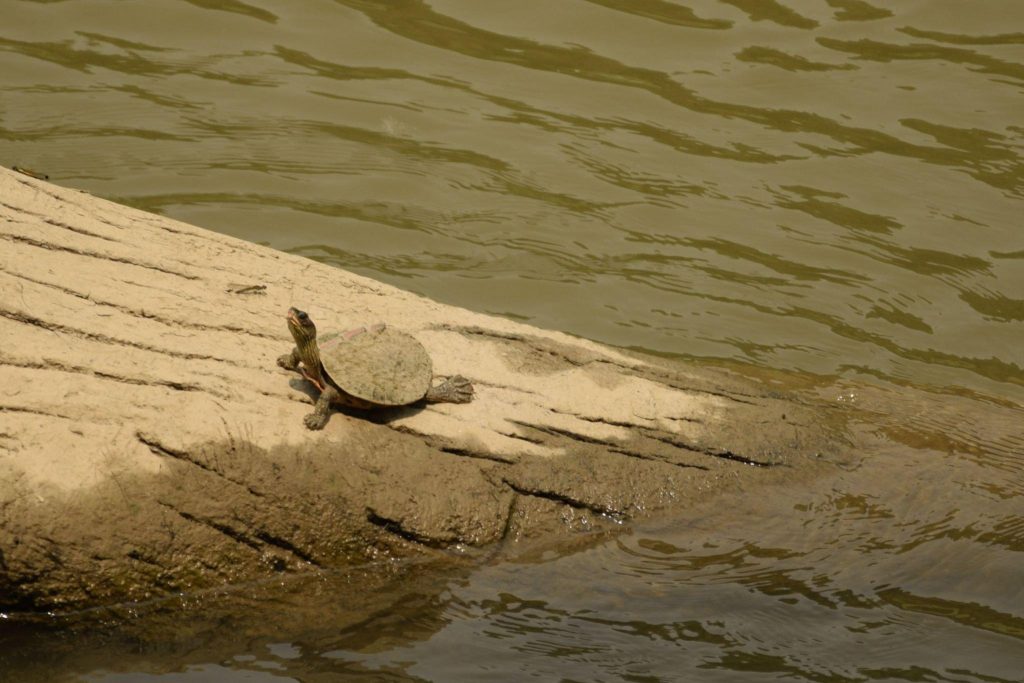
UVB lighting catalyzes the synthesis of Vitamin D3, essential for calcium absorption. Ensure your tortoise habitat has adequate UVB lighting, especially if natural sunlight is scarce. Regular sunbathing under safe and controlled conditions can also be beneficial.
Regular Cleaning and Maintenance of the Habitat:
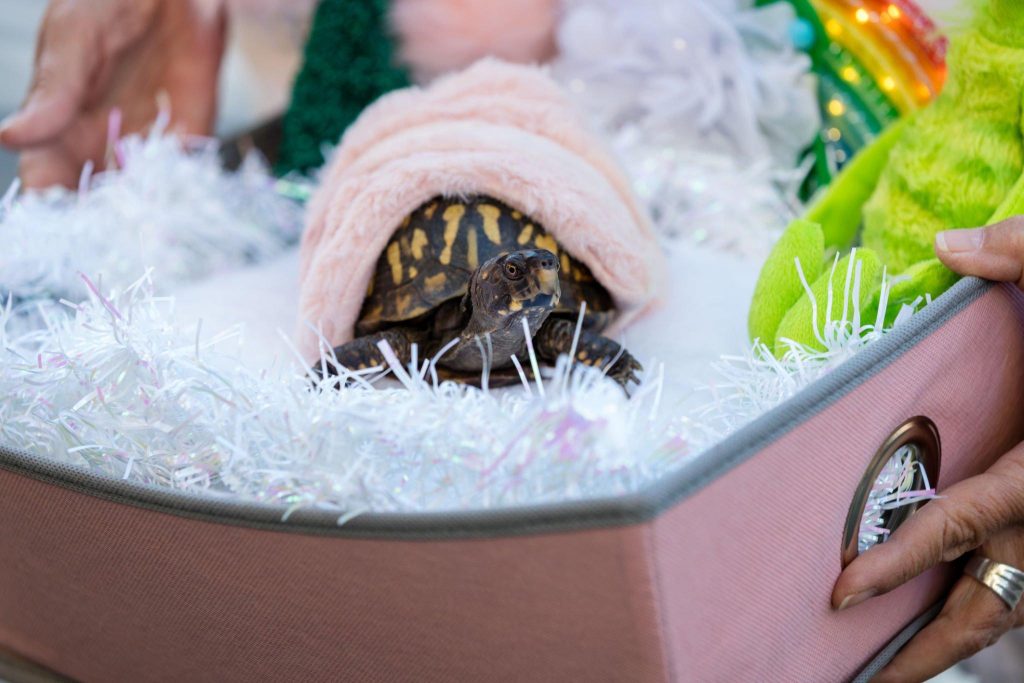
A clean habitat is a deterrent to fungal and bacterial infections. Ensure regular cleaning of the enclosure, removal of leftover food, and maintenance of proper humidity levels to foster a healthy environment.
Routine Health Checks by a Veterinarian Specializing in Reptiles:
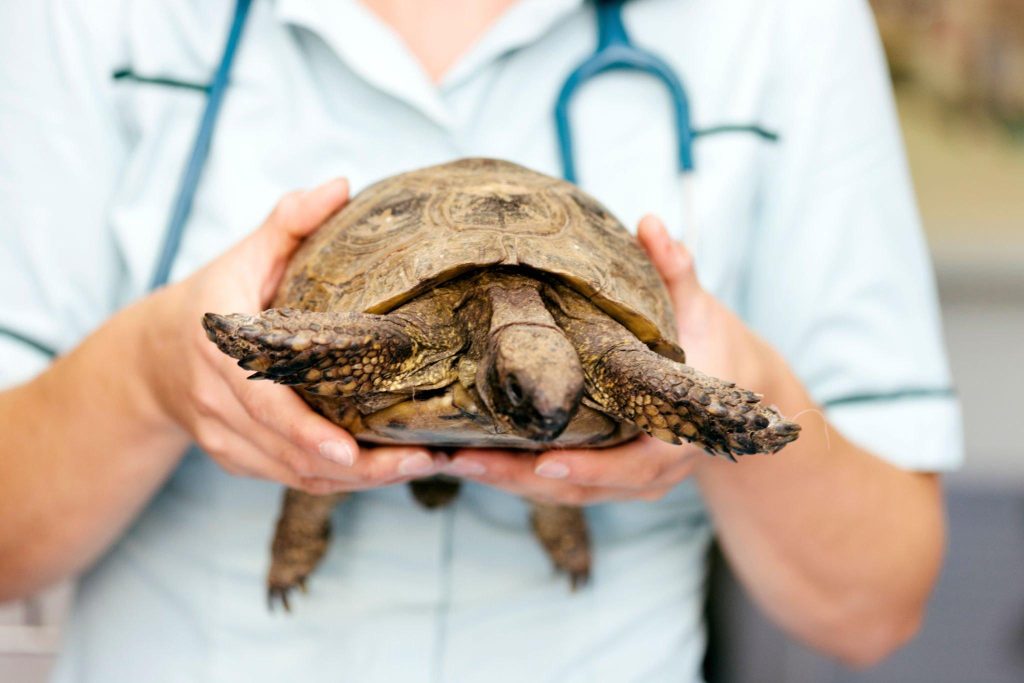
Regular veterinary check-ups can help in early identification of potential shell problems. A specialized reptile vet can provide invaluable insights into the overall health of your tortoise and suggest preventive measures to ward off shell ailments.
Proper Handling and Safety Measures:

Avoiding physical trauma by ensuring a safe enclosure and handling your tortoise gently can prevent injuries that lead to shell cracks or breaks. A safe environment minimizes risks and nurtures a healthy shell.
Preventive care is a journey, not a destination. Continuous learning, routine check-ups, and adhering to a wholesome care regimen can make a world of difference in your tortoise’s shell health and overall well-being. Embrace the joy that comes from watching your tortoise flourish, its shell a shining emblem of good health and nurturing care.
Treatment Options for Unhealthy Tortoise Shells
Even with meticulous care, tortoises might encounter shell problems at some juncture of their lives. However, with prompt identification and appropriate treatment, these issues can often be resolved, leading to the restoration of shell health. Here’s a detailed insight into the treatment options for unhealthy tortoise shell conditions:
Veterinary Intervention:
At the onset of any shell irregularity, consulting with a reptile veterinarian is paramount. They can provide accurate diagnoses and suggest tailored treatment plans. Whether it’s a bacterial infection or a case of shell rot, professional veterinary care is indispensable.
Dietary Adjustments:
If the shell issue stems from nutritional deficiencies, revising the diet to include calcium and Vitamin D3 rich foods, or adding supplements as directed by the vet, can be a game-changer. Foods like kale, dandelion leaves, and cuttlebone can help bolster calcium levels, while UVB lighting or natural sunlight exposure can aid in Vitamin D3 synthesis.
Topical Treatments:
For issues like shell rot or fungal infections, topical treatments as prescribed by a veterinarian can be effective. These might include antifungal or antibacterial ointments that help combat infections and promote healing.
Shell Repair Procedures:
In cases of severe cracks or breaks, a vet may suggest shell repair procedures. These specialized repairs, performed by trained veterinarians, can help restore shell integrity and prevent further complications.
Maintaining Optimal Habitat Conditions:
Post-treatment, ensuring optimal habitat conditions such as the right temperature, humidity levels, and cleanliness can expedite the healing process and prevent recurrence of shell problems.
Educational Resources and Support Groups:
Joining tortoise care communities, both online and offline, can provide a treasure trove of information and support. Sharing experiences and learning from others can significantly enhance your capability to manage and treat unhealthy tortoise shell conditions.
Embarking on a treatment regimen for unhealthy tortoise shells requires a blend of professional veterinary care, dietary adjustments, and consistent monitoring. Along this journey, remember that patience is key. As you adhere to the treatment plan and soak in new knowledge, you’re not just helping your tortoise recover, you’re also becoming a more informed and adept tortoise guardian, capable of ensuring a long, healthy life for your shelled companion.
Frequently Asked Questions (FAQs)
1. What are the early signs of shell problems in tortoises?
Early signs may include discoloration, soft spots, pyramiding, cracks, or a foul odor emanating from the shell. It’s vital to examine your tortoise’s shell regularly and consult with a vet if you notice any abnormalities.
2. How can I provide a calcium-rich diet to my tortoise?
Incorporate leafy greens like kale, dandelion leaves, and collard greens which are high in calcium. Additionally, offering cuttlebone as a calcium supplement can be beneficial. Always consult with a veterinarian to tailor the diet to your tortoise’s specific needs.
3. Is UVB lighting necessary for my tortoise?
Yes, UVB lighting is crucial as it aids in the synthesis of Vitamin D3, which in turn helps in calcium absorption, essential for a healthy shell and bone development. Ensure your tortoise’s habitat has adequate UVB lighting, especially if it doesn’t have regular access to natural sunlight.
4. How often should I clean my tortoise’s habitat to prevent shell problems?
A clean habitat is vital in preventing shell problems. It’s advisable to remove leftover food daily and clean the enclosure thoroughly at least once a week. Maintaining a clean, dry environment can prevent fungal and bacterial infections that could lead to shell issues.
5. Can a cracked or damaged shell heal on its own?
Minor cracks might heal over time with proper care, but significant damage or deep cracks require veterinary intervention. A vet can provide a specialized treatment plan which may include shell repair procedures to ensure your tortoise recovers effectively.
Engage further with a community of tortoise enthusiasts and professionals by joining online forums, attending local reptile care workshops, or consulting with a specialized reptile veterinarian. Understanding the nuances of tortoise shell health is a fulfilling endeavor that fosters a happy, healthy environment for your shelled companion.
Conclusion
Navigating through the complexities of tortoise shell health may initially seem daunting. However, with the right blend of knowledge, vigilance, and professional veterinary advice, maintaining a healthy shell is an achievable goal. By understanding the anatomy of the tortoise shell and the common ailments that can affect it, coupled with the adept application of preventive measures and prompt treatment options, tortoise guardians can significantly enhance the well-being and lifespan of their shelled companions.
The journey of ensuring a robust shell is essentially a testament to the rewarding companionship shared between tortoises and their caregivers, encapsulating a realm of enriched learning and shared experiences.
The realms of online communities, educational resources, and professional veterinary services serve as reliable pillars of support in this endeavor. As the awareness surrounding tortoise shell health proliferates, so does the arsenal of solutions and preventive measures available to tortoise enthusiasts. With every stride taken in nurturing a healthy shell, you not only foster a nurturing habitat for your tortoise but also contribute to the broader understanding and appreciation of these serene and enduring creatures.
The discourse around unhealthy tortoise shells unravels as a significant chapter in the holistic care of tortoises, paving the path for more enriched, informed, and compassionate care for these gentle beings.

